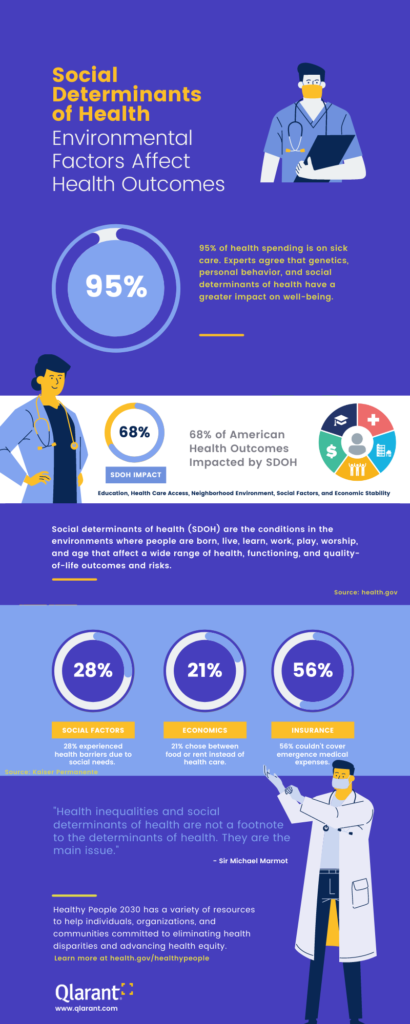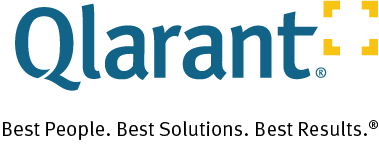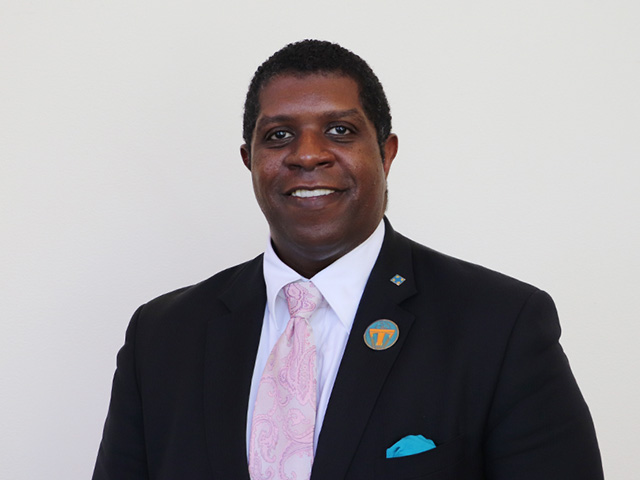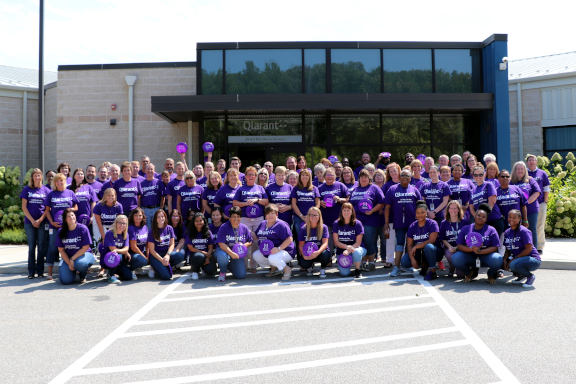Fostering Social Determinants of Health with Data Analytics
 In 2020, life expectancy in the United States declined by 1.5 years to 77.3 years. This represents the largest one-year decline in life expectancy since World War II when life expectancy declined by 2.9 years. Some of this recent decline can be attributed to the pandemic. Some of it is also explained by how social determinants of health (SDOH) have negatively impacted Americans’ long-term health and wellness.
In 2020, life expectancy in the United States declined by 1.5 years to 77.3 years. This represents the largest one-year decline in life expectancy since World War II when life expectancy declined by 2.9 years. Some of this recent decline can be attributed to the pandemic. Some of it is also explained by how social determinants of health (SDOH) have negatively impacted Americans’ long-term health and wellness.
What Are Social Determinants of Health
In the US, 95% of health spending is on medical care. That is sick care. Many experts agree that medical care has a limited impact on health. Genetics, personal behavior, and social determinants of health have a greater impact on a person’s well-being. The non-profit group, Aligning for Health, attributes 20% of a person’s health outcome to SDOH.
SDOH are environmental factors affecting a wide range of health, wellness, and quality-of-life outcomes. The US Department of Health and Human Services (HHS) groups SDOH factors in 5 domains: Economic Stability, Education, Health Care Access, Neighborhood Environment, and Social Factors.
Social determinants encompass all of the conditions in which we live, work, and play. We now know these determinants can affect our health.
 Policy Changes Have Helped, but Aren’t Enough
Policy Changes Have Helped, but Aren’t Enough
The US Congress and policymakers now understand how SDOH factors impact a person’s life. New programs and services have been incorporated in policy and law. Medicaid services are given to extended populations and state, local, and non-profit organizations have been granted funds for delivering tailored community services.
People and families facing economic instability can seek out food share and purchasing programs that buttress their income. Impoverished mothers can seek out medical services for themselves and their children, and many cities have received funding to provide mid- and long-term shelters for the homeless.
Grant funded services delivered by non-profits (like our Qlarant Foundation grantees), and local agencies are great programs. Unfortunately, the needle hasn’t moved much. HHS’ health.gov site tracks nationwide progress on SDOH factors as part of its Healthy People 2030 program. A program designed to significantly improve America’s leading health indicators by 2030.
In spite of all of this, most SDOH indicators are still at baseline or showing minor improvement. Socioeconomic factors facing children are actually getting worse, and homelessness is still a large nationwide problem. Neo-natal care and access for pregnant mothers are bright spots on HHS’ indicators, but more could be done.
A significant problem halting progress towards Healthy People 2030 is discovery.
Individuals and families face challenges in discovering service providers. Service providers have problems discovering clients in need. Facilitators are challenged with matching clients with service providers.
Most people working at service non-profits are already burned out, and a common lamentation echoed by all is they don’t always know who to call. They need help making connections.
Facilitators like Hope With Love match clients in need with service providers. They have a daunting task. Their work is a manual and grueling exercise in dialing around DC to match people with services. Things get more nebulous with a little digging. In many cities, non-profit transit companies have a mission to deliver impoverished people to medical services. They face a challenge in knowing where those families live. Medical providers that serve homeless and low-income families often aren’t aware of the transit companies that can give their patients a ride.
Data Analytics Can Help Improve Social Determinants of Health
Collaboration, data analytics, and software can help push SDOH factors in the right direction for 2030. The good news is that there is a lot of information out there. Facilitators like Hope With Love know their clients. In many cases, they also know where clients live. They’ve also compiled lists of reputable service providers and organizations that serve their communities.
HHS has already done the grouping work for us. Service providers can be grouped according to their SDOH domain. Facilitators record location information between their clients and service providers so software can determine how clients get to the services they need in the most expedient manner. In DC, grant funded transit companies can pick up people and deliver them to service providers. Many service providers can give their clients money for public transit.
Together, people, data, and software can make the client and service delivery smoother for those in need. Easily discoverable services delivered in a smoother and more expedient manner can help improve a person’s SDOH factors.
This will only work with collaboration. Collaboration between service providers, facilitators, and clients they serve. Organizations must be willing to share information in a secure and private manner. De-identification techniques can be used to privately match clients with provider, but organizations must be willing to share and make their clients feel comfortable. People always want to maintain their dignity and feel assured their health and identity information isn’t compromised.
Data Analytics and Decision Support Bring SDOH Improvements
With the right collaborators, web-based platform tools can assist data collection efforts and help analysts model a community’s service delivery possibilities. Models can be derived using SDOH domain, services rendered, location, capacity, feedback, and other meta-information. Because no two clients or families have the same SDOH and SDOH impacts, a number of different algorithms and classifiers can be used to match clients in need with facilitators and service providers best suited to help. Platforms like RIViR turn multiple data points into action, and alleviate the burdens that staffs of organizations like Hope With Love carry while connecting their clients with services. Data-driven decision support capabilities help workers guide clients to the most effective service providers.
By fostering collaboration around data and people we can make America a country of Healthy People by 2030.







